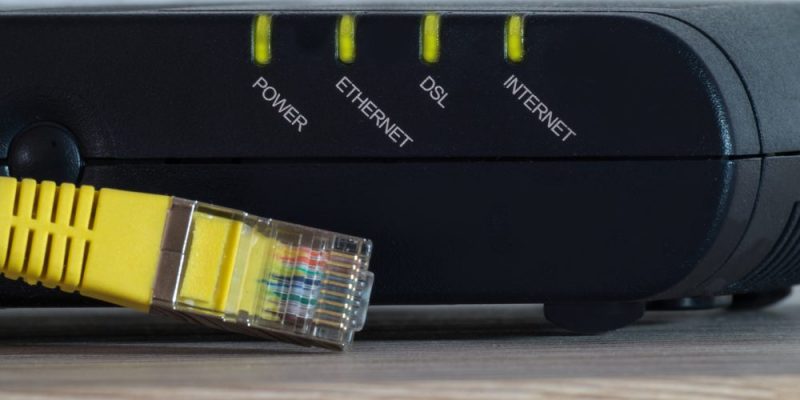What is ADSL? – Definition, Functions, Features, And More
ADSL serves as a digital data transmission channel and Internet connection.
What is ADSL?
The ADSL (from the acronym in English Asymmetric Digital Subscriber List that translates Asymmetric Digital Subscriber Line) is a type of technology for digital data transmission and Internet access , which consists of transmission through symmetrical pairs of copper telephone lines. That is, a method of accessing the Internet through the telephone line (Switched Telephone Network, PSTN) that does not prevent regular use of the line for calls.
ADSL is a type of Broadband connection , whose name comes from the fact that the download capacity (from the network to the computer) and the upload capacity (from the computer to the network) are not coincident, but the first is greater than the second. Ultimately, most Internet users receive more information than they release.
In order for ADSL to work, it is necessary to have a telephone line and a modulation system that separates the frequencies of voice and data , through the installation of discriminating filters (called splitters , microfilters or DSL filters) and an ADSL router. provided by the company that provides the service.
This type of urban copper cabling was traditionally implemented, but in the late decades of the 20th century it was gradually replaced by fiberglass, a material that offered better conduction and performance, thus allowing even better methods of digital information transmission, such as cable modem or Ethernet.
What is ADSL for?
Like other digital transmission systems, ADSL serves as a digital data transmission channel and Internet connection .
This means that it is a virtually unlimited source of information and online services , with all that that implies. This method of connection was key in the massification of the Internet in homes and urban environments during the 1990s.
ADSL Features
In an ADSL connection , three independent transmission lines are established:
- Data delivery channel . Where the user’s information will be sent to the Internet ( upload ).
- Data reception channel . Where the information will be received from the Internet ( download ). It will be the widest of the three channels.
- Regular telephone service channel . Where the telephone calls will be transmitted.
This separation allows a different handling of data and transmission impulses, and can even be improved in the versions known as ADSL2 and ADSL2 +, in which a channel is also received for the transmission of subscription television (cable TV) and video high quality (HD).
ADSL Advantages

- It does not occupy the telephone line . This represents an advantage when installing the service in homes and companies, since it allows the autonomy of both services, which is impossible with the dialing method.
- It uses the traditional infrastructure . It does not require novel and extensive investments or major works, since it takes advantage of traditional copper wiring.
- Outperforms dial-up connection . It offers a much better speed / price ratio than dialing methods, which in addition to occupying the telephone line are generally 56 kps, while ADSL can reach 4mbps (70 times faster).
- Allows central and custom circuits . Since it uses telephone cables, each subscriber receives an independent and non-transferable service directly to their home or office.
Disadvantages of ADSL
- It does not operate on every phone line . It is not enough to have a copper wire telephone connection to use ADSL, as this technology has a 3km line length cap from the broadcasting center.
- It demands quality of the copper . In countries where this material is expensive or scarce, the service may not be as economical as in others.
- It depends on external factors . The quality of service is subject to the quality of the cables, the distance from the plant and fluctuations in the flow of the service.
- It is far inferior to fiber optics . Fiber optic connections far outnumber ADSL in stability and speed.
VDSL
The VDSL or VHDSL ( Very High-bit-rate Digital Subscriber Line or Digital Subscriber Line with a very high transfer rate) is a type of Broadband Internet connection with much better performance than ADSL , representing its evolution or overpass.
This technology consists of the use of four channels for data transmission : two for download and two for upload, substantially increasing the transmission power of the service.



